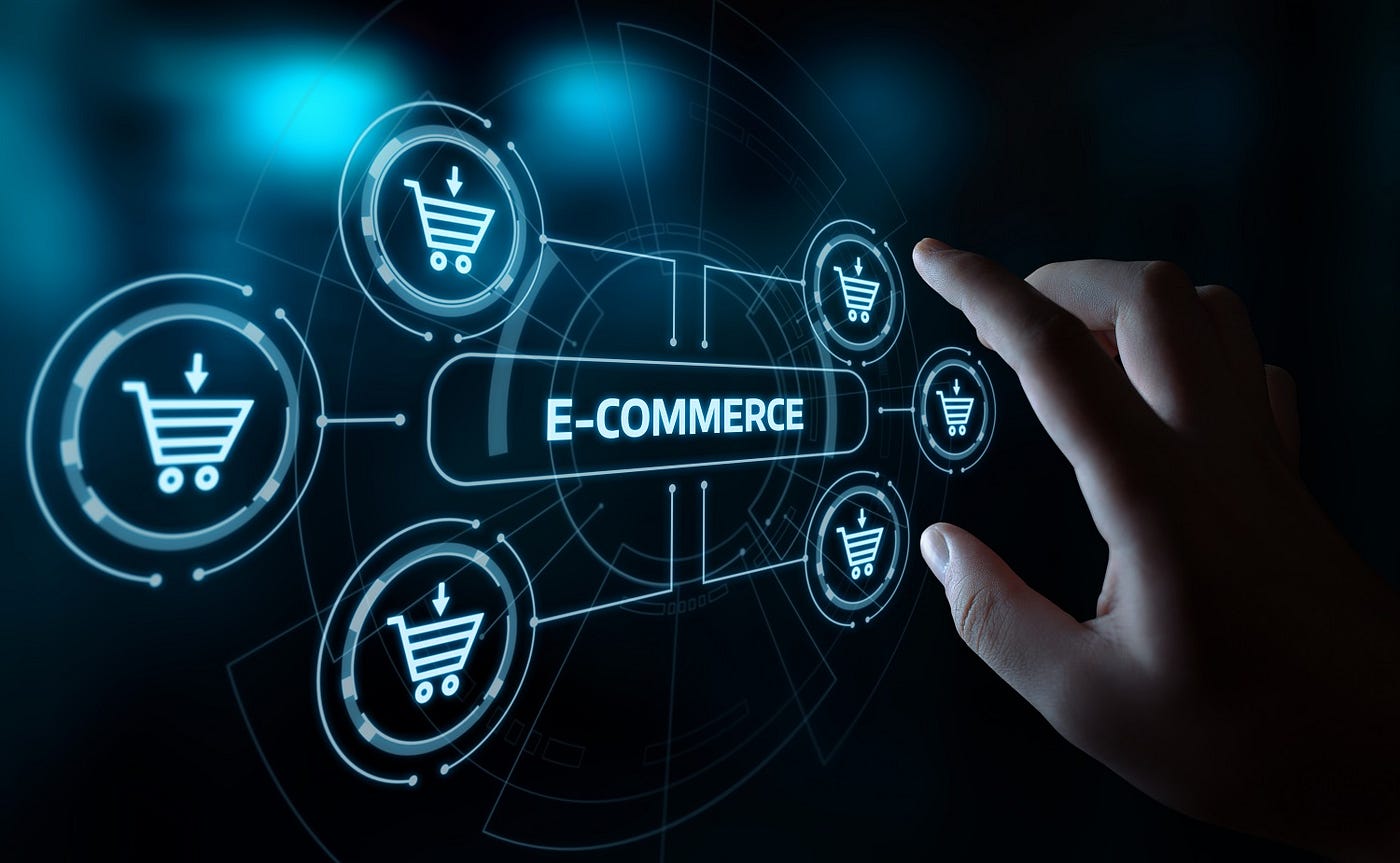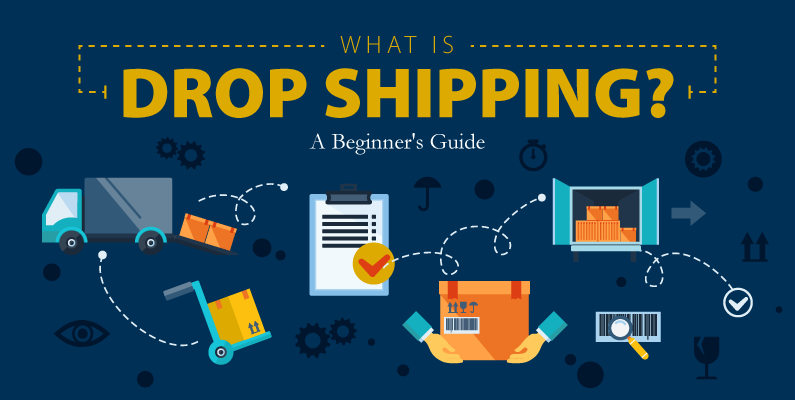E-COMMERCE
E-commerce, short for electronic commerce, refers to the buying and selling of goods or services using the internet and electronic devices such as computers, smartphones, or tablets. It has upset the manner in which organizations work and customers shop, offering comfort, openness, and a worldwide reach.
Here are some key aspects of e-commerce:
1. Online Stores: E-commerce allows businesses to set up online stores or digital platforms where customers can browse products, make purchases, and sometimes even receive customer support.
2. Types of E-commerce: There are various types of e-commerce models, including business-to-consumer (B2C), where businesses sell directly to consumers (e.g., Amazon); business-to-business (B2B), where transactions occur between businesses (e.g., Alibaba); consumer-to-consumer (C2C), where individuals sell directly to other individuals (e.g., eBay); and more recently, consumer-to-business (C2B), where consumers offer products or services to businesses (e.g., freelance platforms).
3. Payment Methods: E-commerce platforms facilitate online transactions through various payment methods such as credit/debit cards, digital wallets (e.g., PayPal, Apple Pay), bank transfers, and cryptocurrencies.
4. Logistics and Fulfillment: Efficient logistics and fulfillment are crucial in e-commerce to ensure timely delivery of products to customers. This involves inventory management, order processing, shipping, and handling returns.
5. Security and Trust: Security is paramount in e-commerce to protect sensitive customer data and ensure trust between businesses and consumers. Secure payment gateways, encryption technologies, and adherence to data protection regulations are essential.
6. Mobile Commerce (M-commerce): With the widespread use of smartphones and tablets, many e-commerce transactions now occur through mobile devices. Businesses need to optimize their websites and platforms for mobile compatibility and provide seamless mobile shopping experiences.
7. Personalization and Customer Experience: E-commerce businesses leverage data analytics and customer insights to personalize the shopping experience, recommend products, and enhance customer satisfaction.
DROP SHIPPING
IF YOU LIKE ANIME REALATED CONTENT VIST MY


yes
ReplyDelete